With a new set of connecting flights, Nicholas Gill reveals how getting to three of South America’s biggest attractions has never been easier.
In the past, if you wanted to go to Easter Island, Machu Picchu and Iguazu Falls in the same trip, you would need to make at least five extra connections. Five. Not one. Five. The trip would not only take a significant amount of extra time, but would be so expensive that only a privileged few could make it. Things have changed. Now that LAN airlines offers connecting flights between Easter Island and Lima, as well as between Lima and Iguazu Falls, the trip can be done in a minimal amount of time and at less expense. The trip encompasses the South Pacific, ancient ruins, some of the world’s most diverse forests and the high Andes. Eighteenth century explorers spent lifetimes reaching these once far-off destinations. You can explore all three places on an approximately 12–16 day trip.
Easter Island
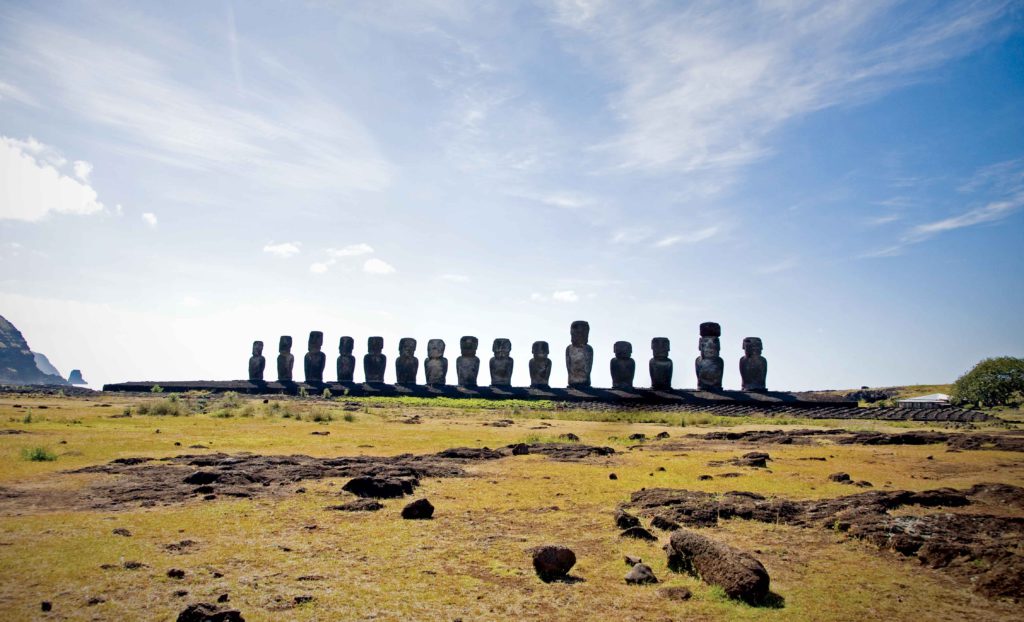
Easter Island, the most remote island on planet earth, is unusual. It’s small, just 168 square kilometers, and sits more than 2,000 kilometers away from the closest island, Pitcairn. It’s called Rapa Nui by the natives, who also call themselves Rapa Nui and speak Rapa Nui. While it has been a part of Chile for decades, the islanders are fiercely independent. There is just one town, Hanga Roa, and the thousands of archeological sites – the famous moai, rock quarries, ceremonial centers, cave paintings, ancient houses – are everywhere.
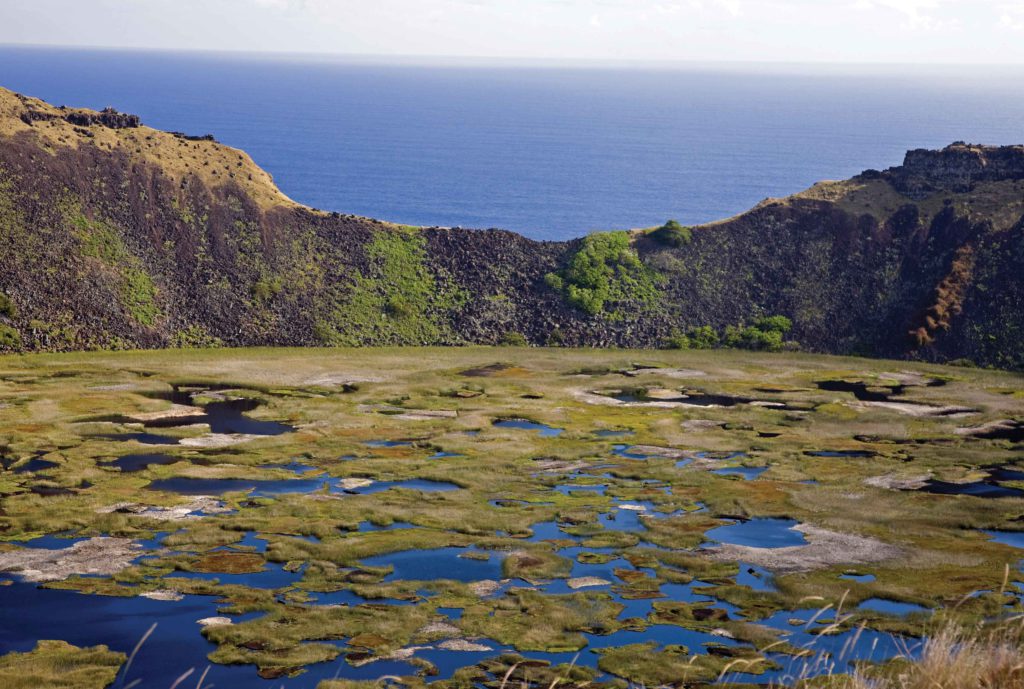
Life here has evolved, however. The present-day islanders have strict environmental guidelines and they don’t want to sell out to cheap package tourists coming to the island. They prefer fewer visitors wanting better quality services. Many hotels use solar panels and you won’t see anyone tossing trash in the street. Native trees are being replanted, too, and small patches of forests are expanding. If anything should be learned from a trip here, it is that Rapa Nui can be seen as a microcosm for the health of the entire planet. What happened here in the past could happen to earth as a whole, but what is happening here now can show what can be done to save it.
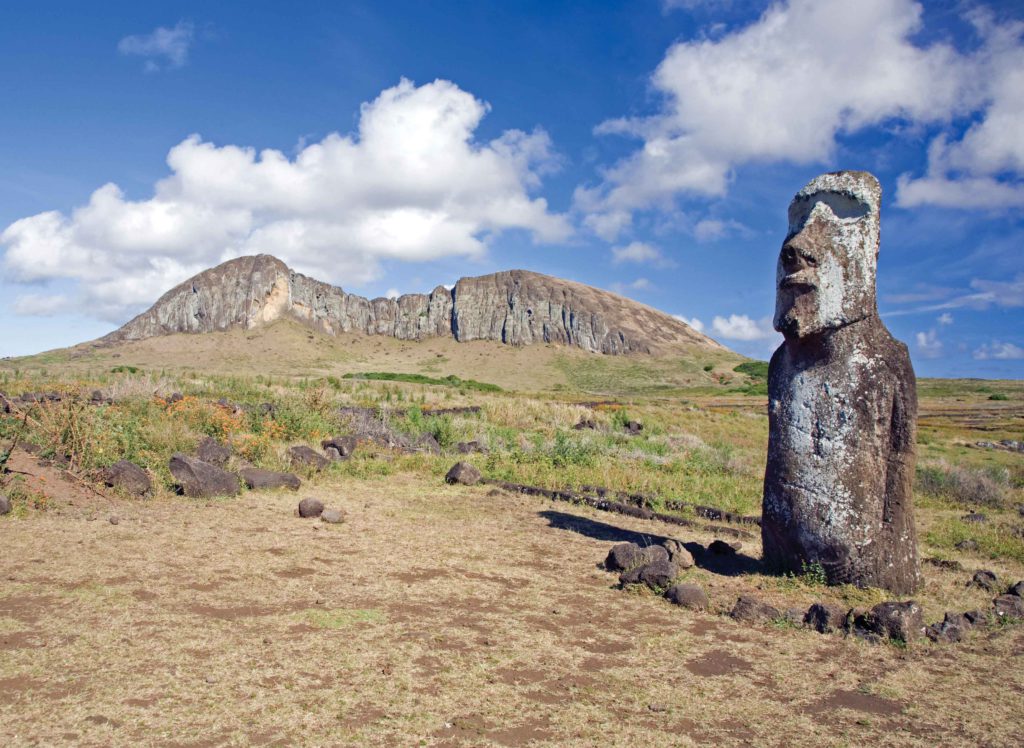
Cuzco and Machu Picchu
Of the three destinations, Cuzco and its surrounding region deserves the most time. The lost city of Machu Picchu sits either a train ride or a hike along one of several hiking routes (with a train ride back) from the Inca capital of Cuzco, now Peru’s center of tourism and a base for exploring the greater Sacred Valley.
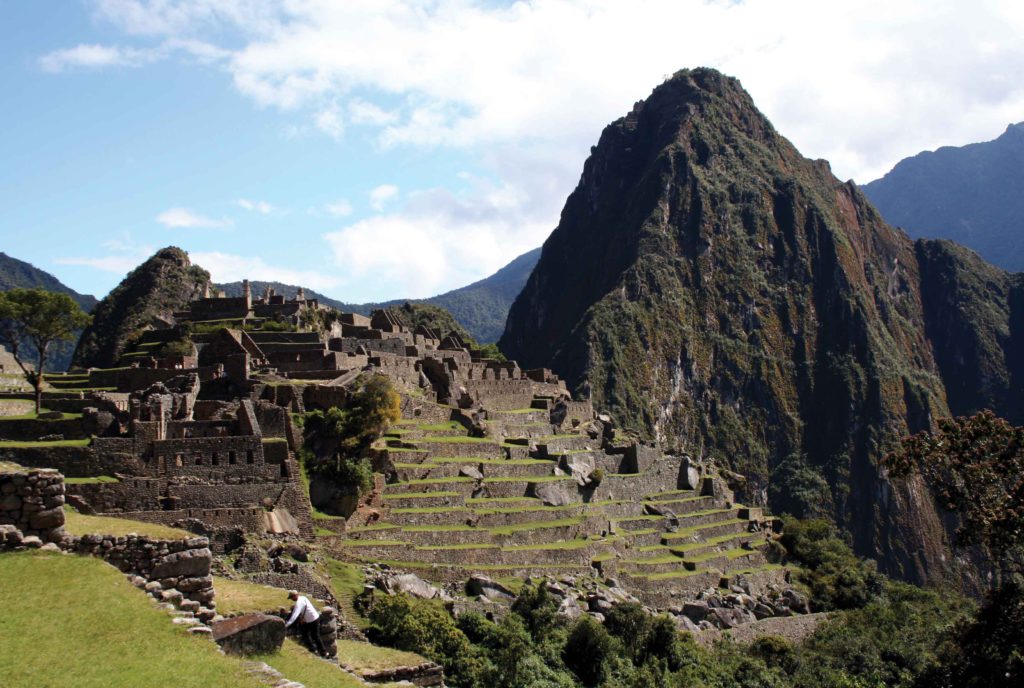
Set on a mountaintop surrounded by other Andean peaks and vast tracts of tropical forest, Machu Picchu is nothing less than spectacular, and even the increasing number of visitors there cannot diminish its appeal. This was a place that the Spanish never found and didn’t even realize it existed. When US explorer Hiram Bingham came here in 1911, he thought he found the city of Vilcabamba, which the Inca nobility retreated to after their defeat at Cuzco. The exact use of the city is still a bit of a mystery, though it was most likely a summer retreat for Inca ruler Pachacutec in the mid to late 15th century. It was not an important Inca city by any means, yet many consider it one of the most dramatic of the new seven world wonders.
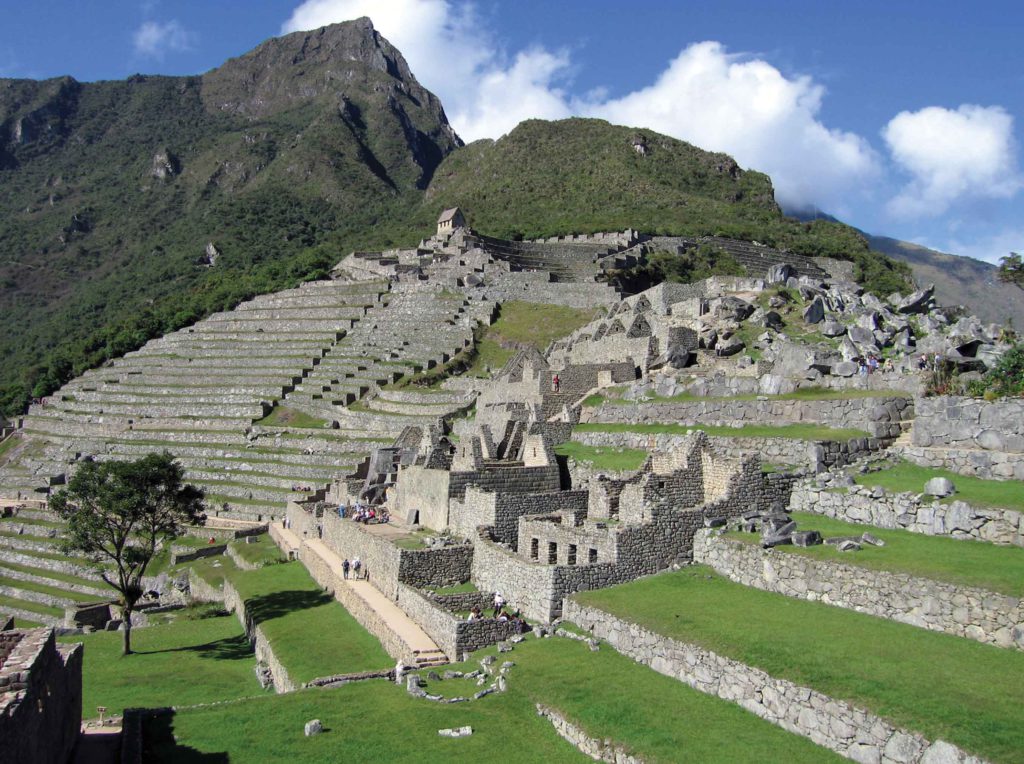
A visit here takes a full day, at least partially with a guide. Many opt to climb the narrow pathways to the famous backdrop of the ruins, the adjoining mountain of Huayna Picchu, where an impressive view can be had. Hikers on the Inca Trail arrive to the ruins before sunrise, while those staying in Aguas Caliente, the charming tourist village in the lush valley below, must be on the first or second buses departing from town to arrive at the ruins before the sun peaks over the Andes. The third alternative is to stay at the entrance to the ruins at the Machu Picchu Sanctuary Lodge, a first class hotel that looks out towards the famous view. Most arrive in and out of Aguas Calientes from Cuzco by a number of trains, such as Orient Express’s luxurious Hiram Bingham, which provides gourmet meals, drinks and live music during the three-and-a-half-hour ride.

Unless hiking to Machu Picchu, most visitors will spend only a day or two in Aguas Calientes. They’ll pair that trip with a few days in Cuzco exploring magnificent colonial cathedrals, nearby ruins, great shopping and fine dining, as well as another few days in the Sacred Valley staying at a resort and taking shorter excursions to explore nearby ruins and Andean markets. While every traveler knows and anticipates Machu Picchu to exceed their expectations, many are even more enchanted with Cuzco and the Sacred Valley.
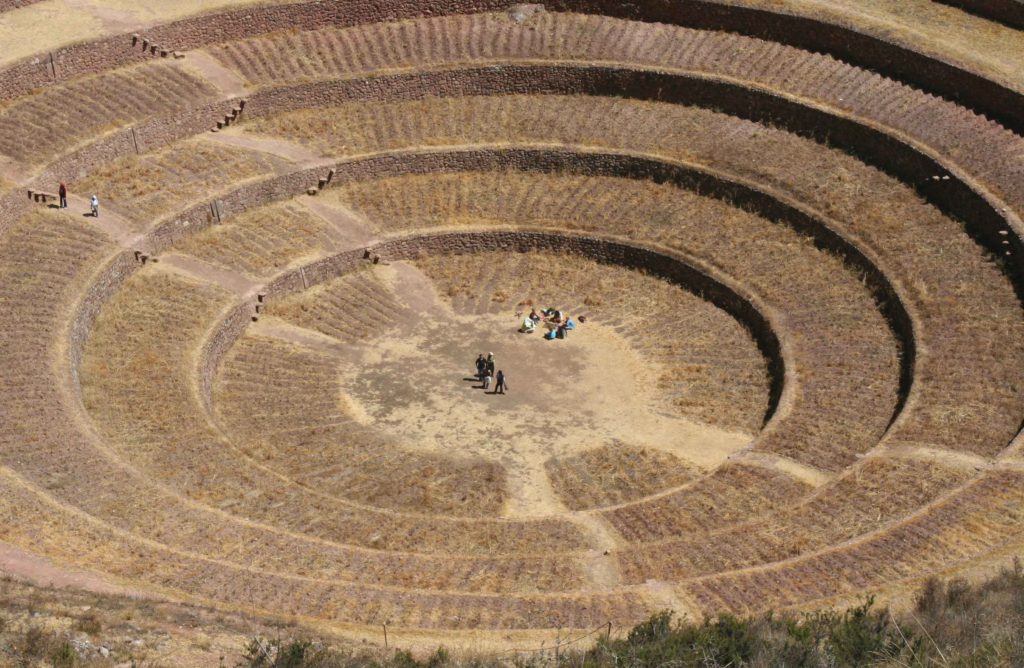
Iguazú Falls
Straddling the border of Argentina and Brazil – with Paraguay not far away – the spectacular cataratas (waterfalls) del Iguazú, or Foz de Iguacu in Portuguese, are among the continent’s great natural wonders. The cross-border Iguazú National Park contains almost 300 careening cascades packed together in a 2.7 kilometers span, not to mention an array of unique wildlife and plants living among its unspoiled subtropical forests. Named for the native Guaraní words meaning “big water,” these falls are among the most impressive the world over for their sheer size and beauty.
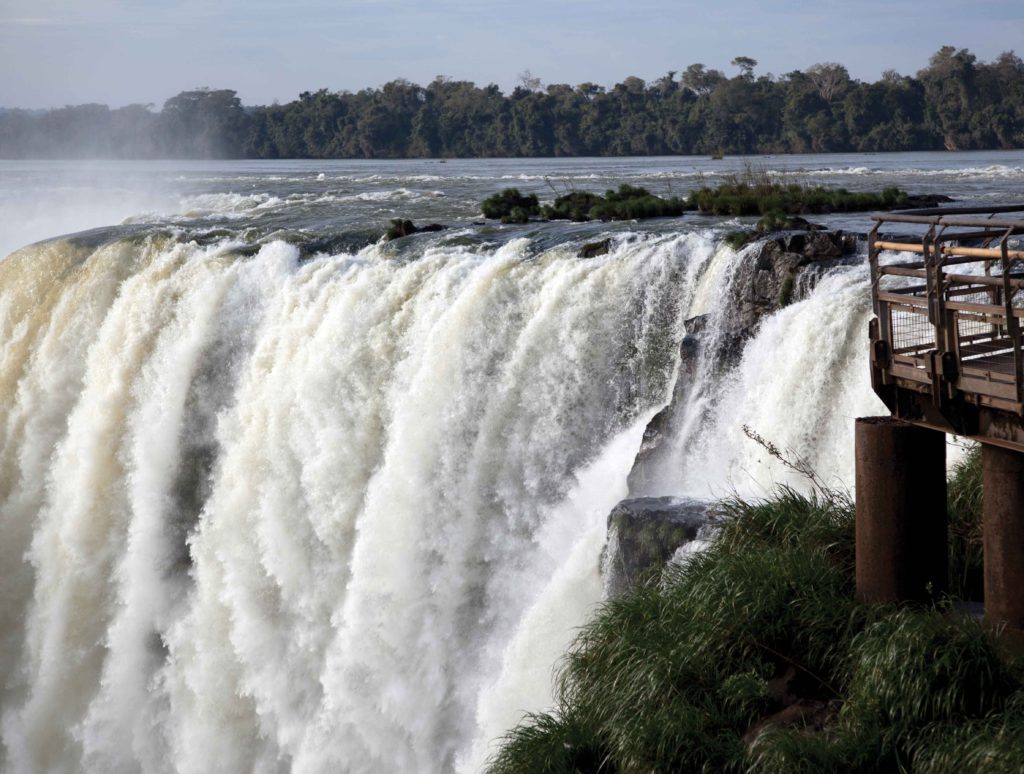
The falls generally are seen in two full days – once from the Argentine side and once from the Brazilian side. Argentina’s larger portion of the national park is where there is a considerable amount more to do. There are three main sections: the Upper, Lower and the Devil´s Throat Circuits. Upon entering the park gates, an open-sided train connects you to each circuit. The Garganta del Diablo, or Devil’s Throat, is the most dramatic point of the entire falls. The semicircular cluster of 14 falls drops 82 meters to the river below, an undeniably intense and powerful display. A catwalk takes you to the edge, where the full roar of the water can be heard and the force of the water can be felt through to your bones. On full moons, you can even come on night excursions. The other two circuits involve more catwalks along the edge of the falls, as well as below. This part of the park is heavily forested and there are good chances of seeing toucans and coatimundi. At one point of the lower circuit, speedboats wait for trips on the Iguazú River for excursions up close and into the mist of some of the falls.
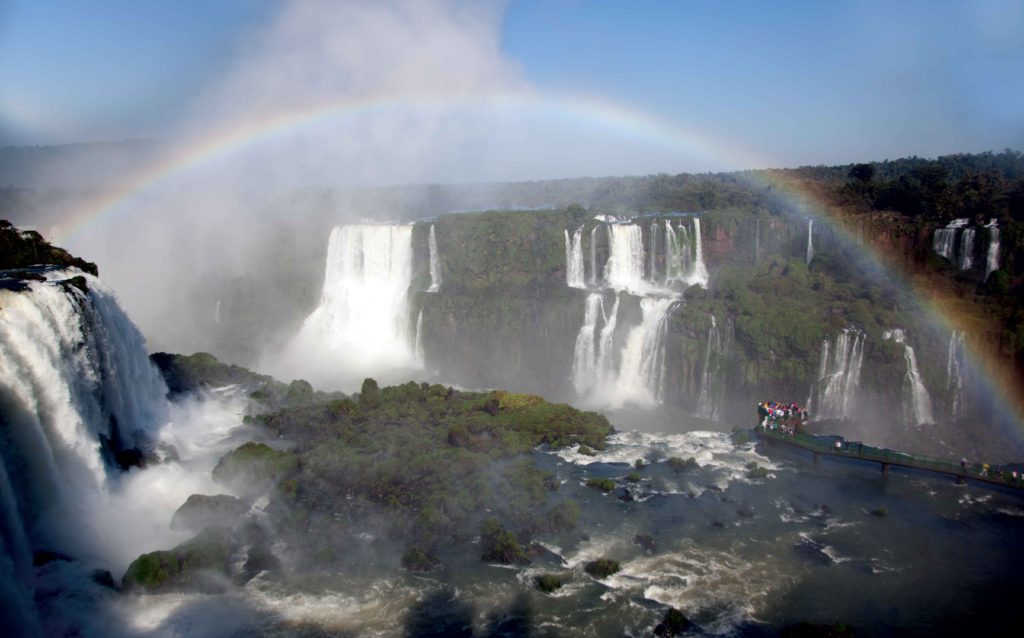
In Iguazu, they say that Argentina has the falls but Brazil has the view.Nearly all of the falls sit on Argentina’s side of the Iguazu River; the all-encompassing panoramic views of the falls are far better in Brazil. Foz do Iguaçu National Park, the Brazilian name, is less complicated than its Argentine counterpart. After entering through the visitor center, air conditioned buses transport you from one point along the cliff face to the next, with each view outdoing the last. The final stretch extends out over the river and faces the Garganta del Diablo, offering a completely different perspective than from Argentina. You will get wet here. Afterwards, an elevator lifts you up to a small tower for the broadest view of the falls yet. Still want more? Helicopter trips give aerial views of the falls and hover above the Garganta del Diablo.


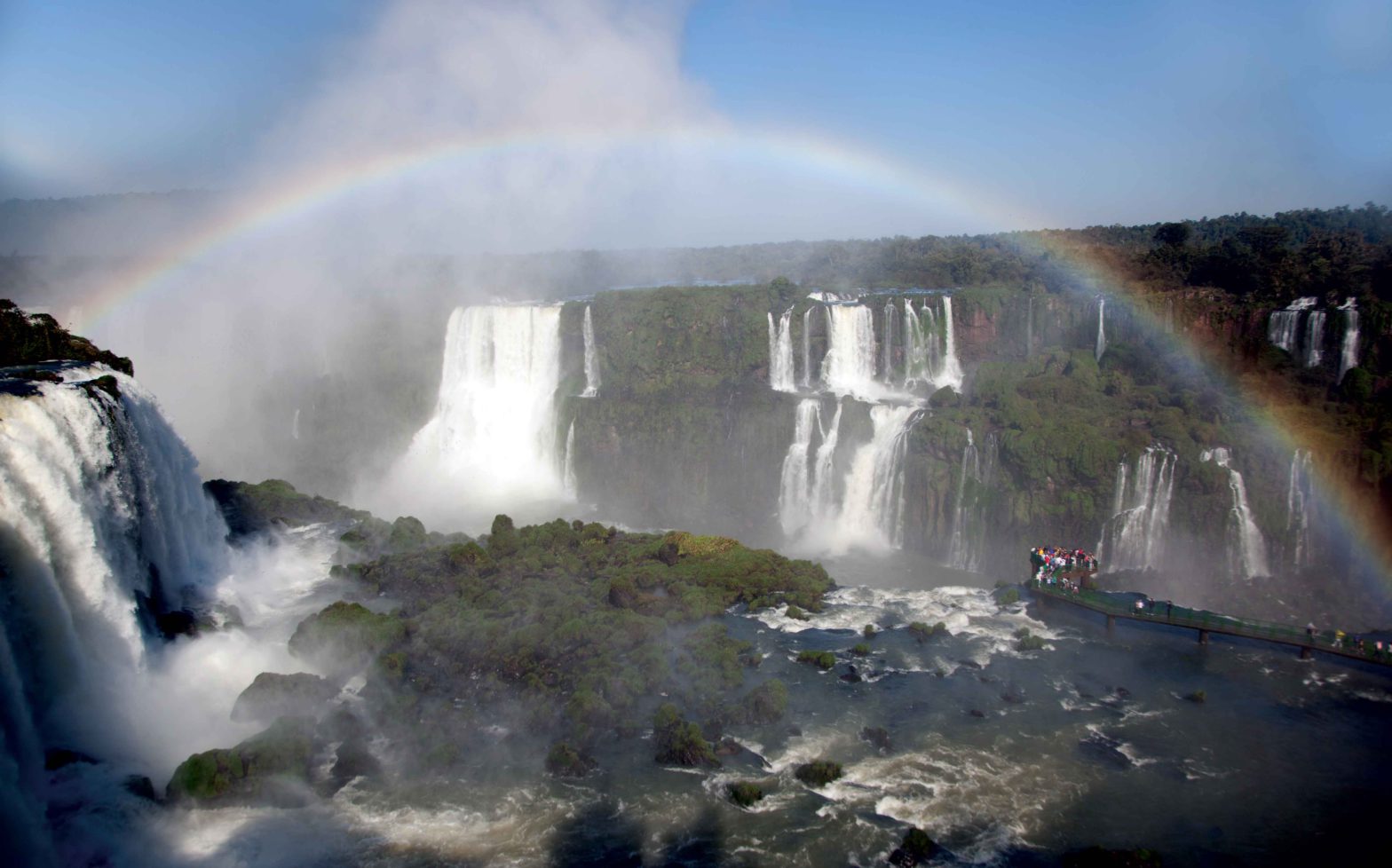

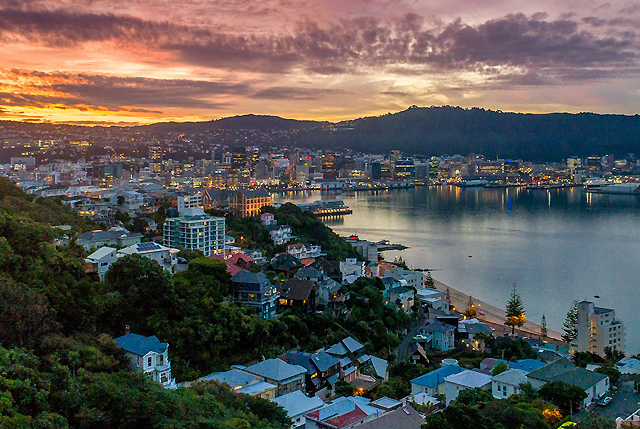
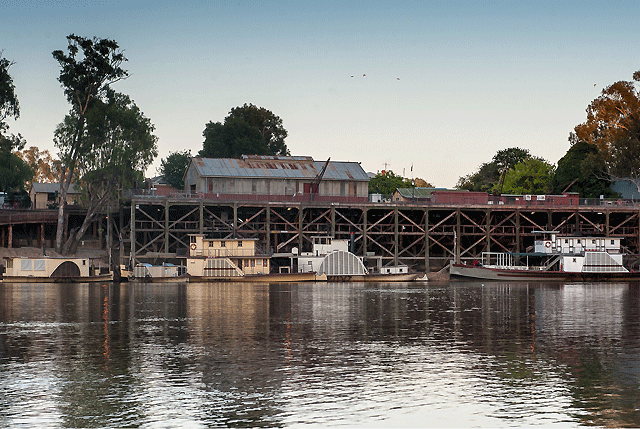



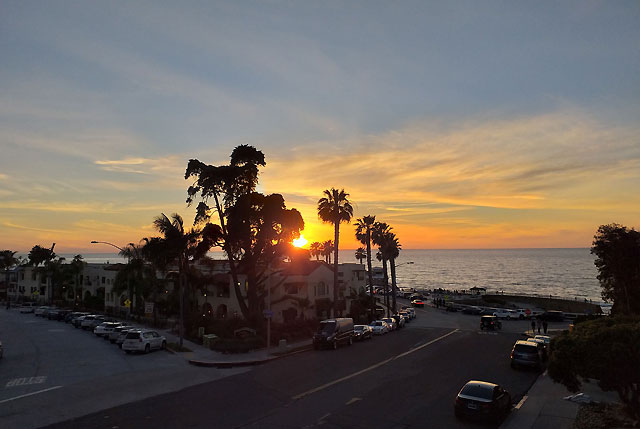
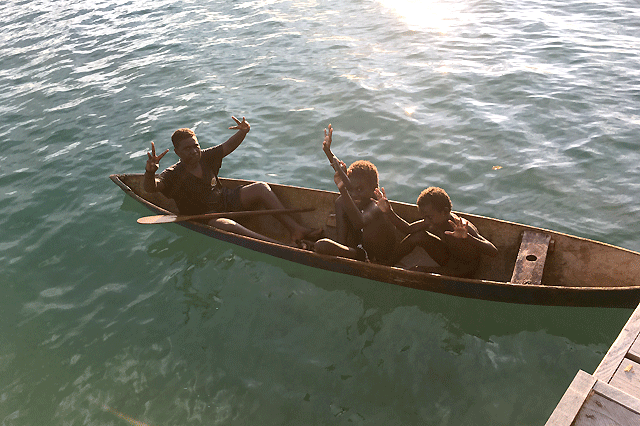
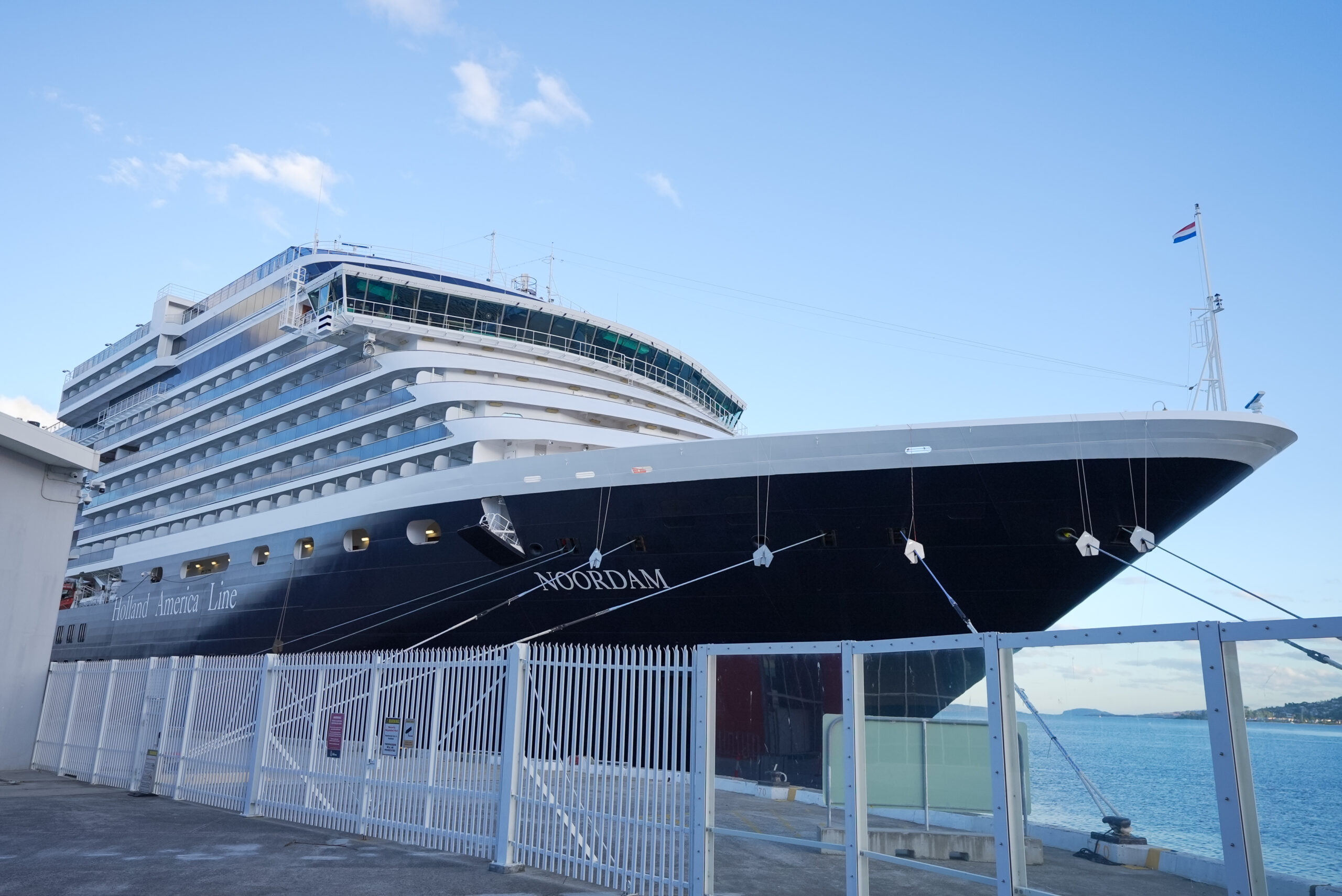
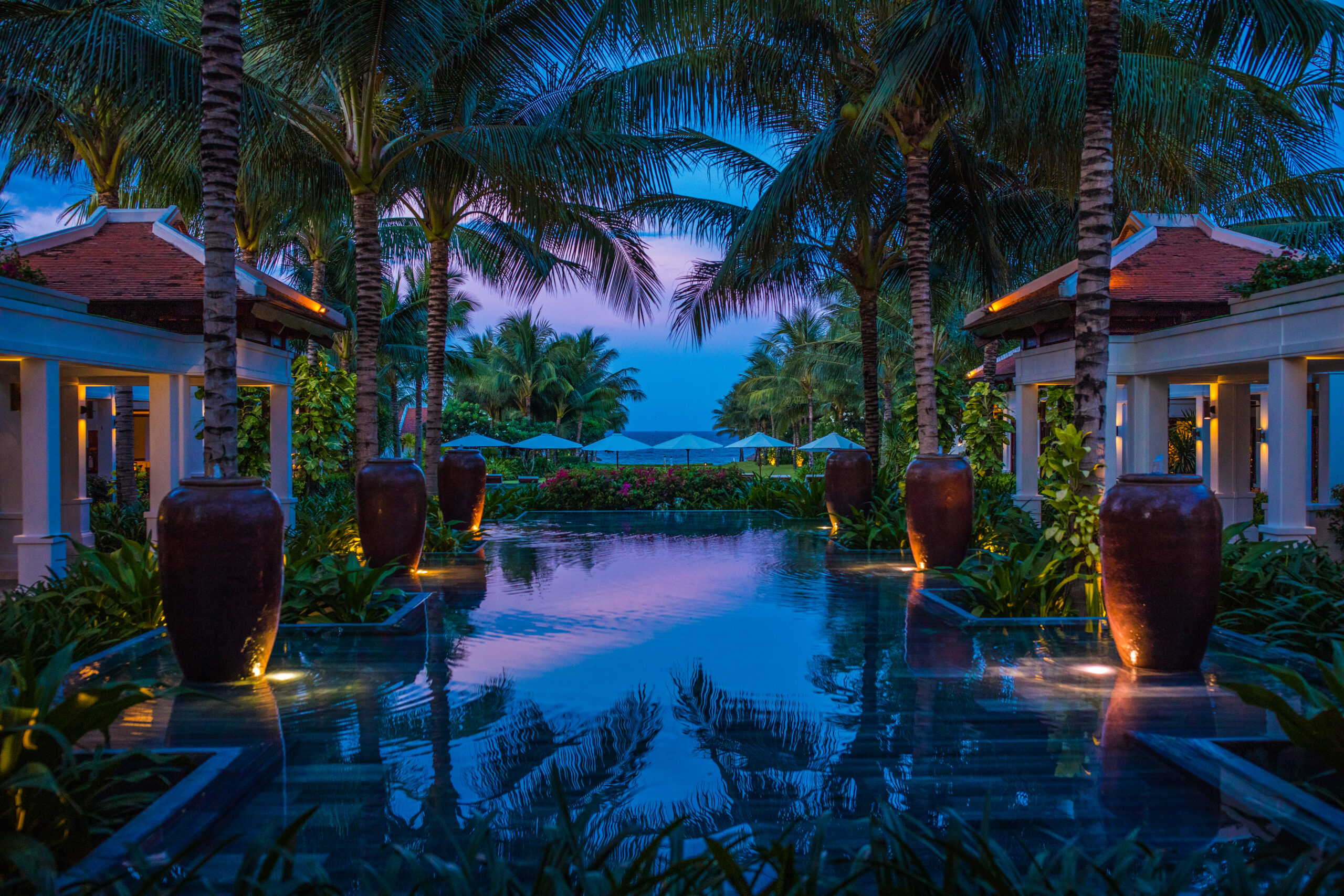

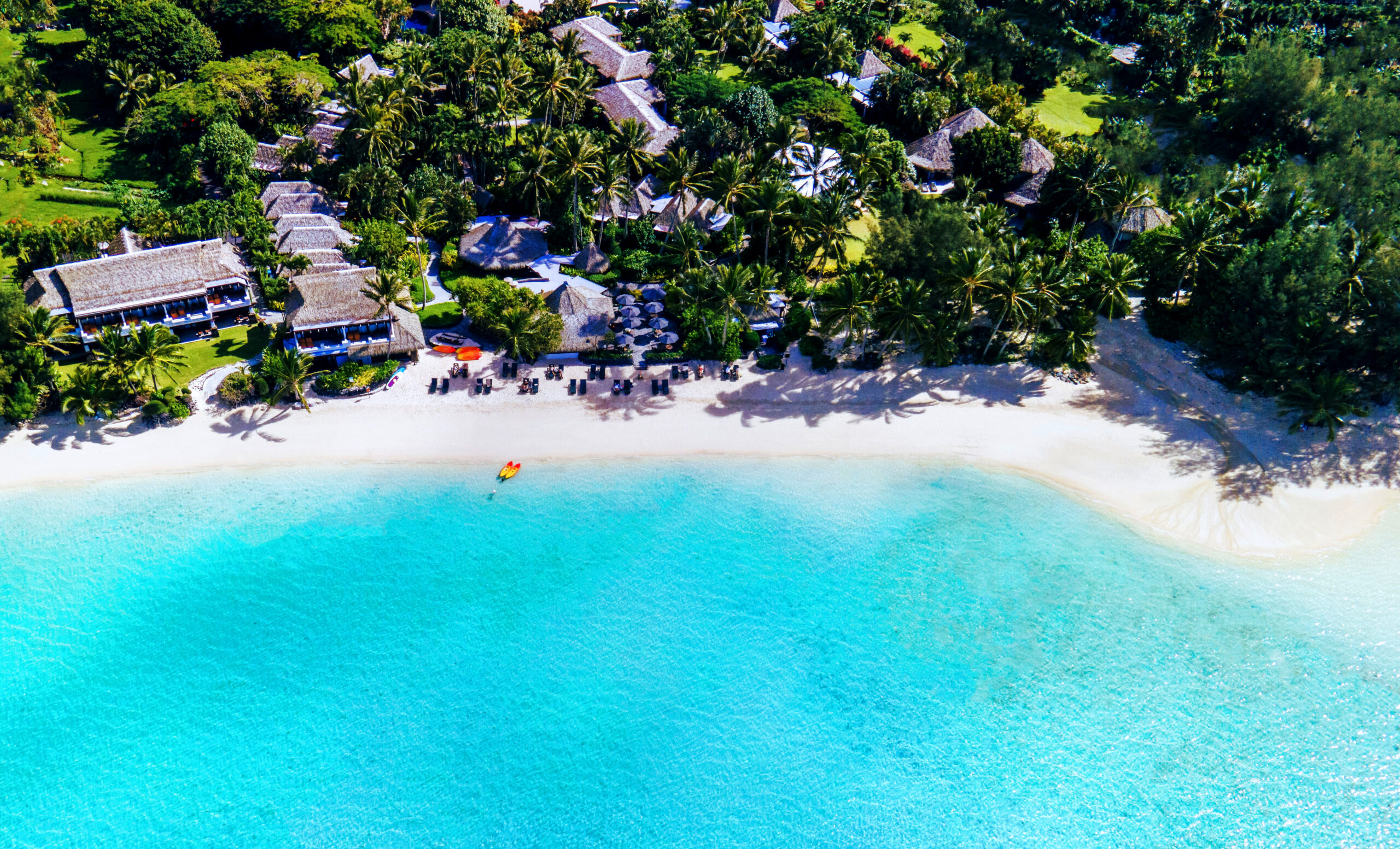
Recent Comments